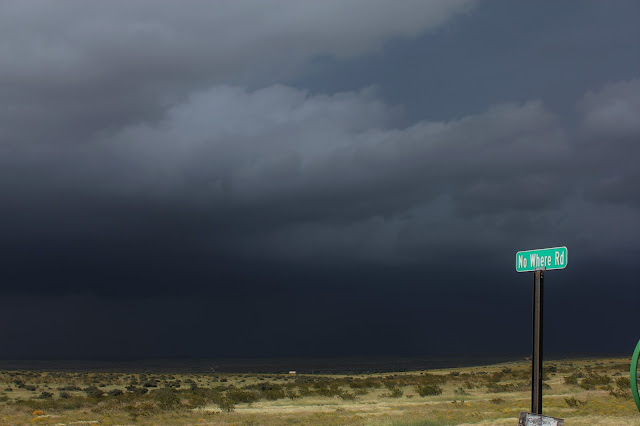Heat Index Temperature Of 165°F Today In Bandar Mahsharhr, Iran.
(Max Temperature Forecast Is 126°F).
Bandar Mahsharhr, Iran recorded a temperature of 115°F (46°C) with a dew point temperature of 90°F (32°F) at 4:30 PM local time today. This produced an almost unbelievable heat index value of 165°F!
Bandar Mahsharhr, Iran with a population of about 110,000 (2010) which is located near the northern Persian Gulf in southwestern Iran. Water temperatures in the Persian Gulf are in the 90's, and when the wind blows off of the Gulf inland and combines with the oppressive heat in the region, some pretty incredible heat indexes are generated.
Chart showing temperature, dew point in index in Bandar Mahshahr over last 36 hours, using National Weather Service heat index value calculations. (Brian McNoldy).
What Is The World's Highest Recorded Dew Point Temperature?
A dew point of 91 °F (33 °C) was observed at 2:00 p.m. on July 12, 1987, in Melbourne, Florida. A dew point of 90 °F (32 °C) has been observed in the United States on at least two occasions: Appleton, Wisconsin, at 5:00 p.m. on July 13, 1995, and New Orleans Naval Air Station at 5:00 p.m. on July 30, 1987. A dew point of 95 °F (35 °C) was observed at Dhahran, Saudi Arabia, at 3:00 p.m. on July 8, 2003. Dew points this high are extremely rare occurrences.[8]
The term "heat index" has certainly been thrown around a lot. But what exactly does this mean? While most people may have a pretty good guess at what the heat index is in general, the science behind the term is often lost in translation. Simply put, the heat index combines the air temperature with the relative humidity in an attempt to determine a human-perceived equivalent temperature - or how hot it actually feels. For example, very high levels of humidity can make a 90 degree temperature feel like it's well over 100! What exactly is the reason for this, you may ask? Usually, the body cools itself by perspiring, which in turn evaporates and carries heat away form the body. However, when the relative humidity is high, the evaporation rate can be significantly reduced - and this process is compromised. As a result, the body has a harder time removing heat from itself, which makes it feel hotter than it actually is. Included below is the "Heat Index Chart," which shows expected numerical values based on temperature and relative humidity, along with the anticipated impacts on the human body during exposure.
Dry Air & Our Elevation Help To Keep
Our Heat Index Values Down Locally.
Here in southeastern New Mexico and nearby areas (lower elevations) our dew point temperature vary greatly depending upon the time of the year. In the winter and early spring (the driest time of the year) we can see dew point temperatures below zero with temperatures in the 70's, producing humidity values in the single digits. Of course there is no "heat index" so to speak to measure at these vales.
During the summer time when we have a good southeasterly flow from the Gulf of Mexico we see our dew point temperatures rise up into the 60's. Sometimes even the low 70's. With temperatures in the 90's and dew point temperatures in the upper 60's to near 70 we think we are going to sweat to death. That's because we are not used to this kind of heat, humidity, and high heat indexes.
Most of the time in the summer we will see our temperatures rise up over 100-degrees with dew point temperatures in the 40's and 50's. Sometimes we will get a little over 100-degrees with dew point temperatures in the 60's which will produce heat indexes in the 110 to 115 degree range.
The Truth Is Stranger Than Fiction!




















Comments
Post a Comment
Your comments, questions, and feedback on this post/web page are welcome.